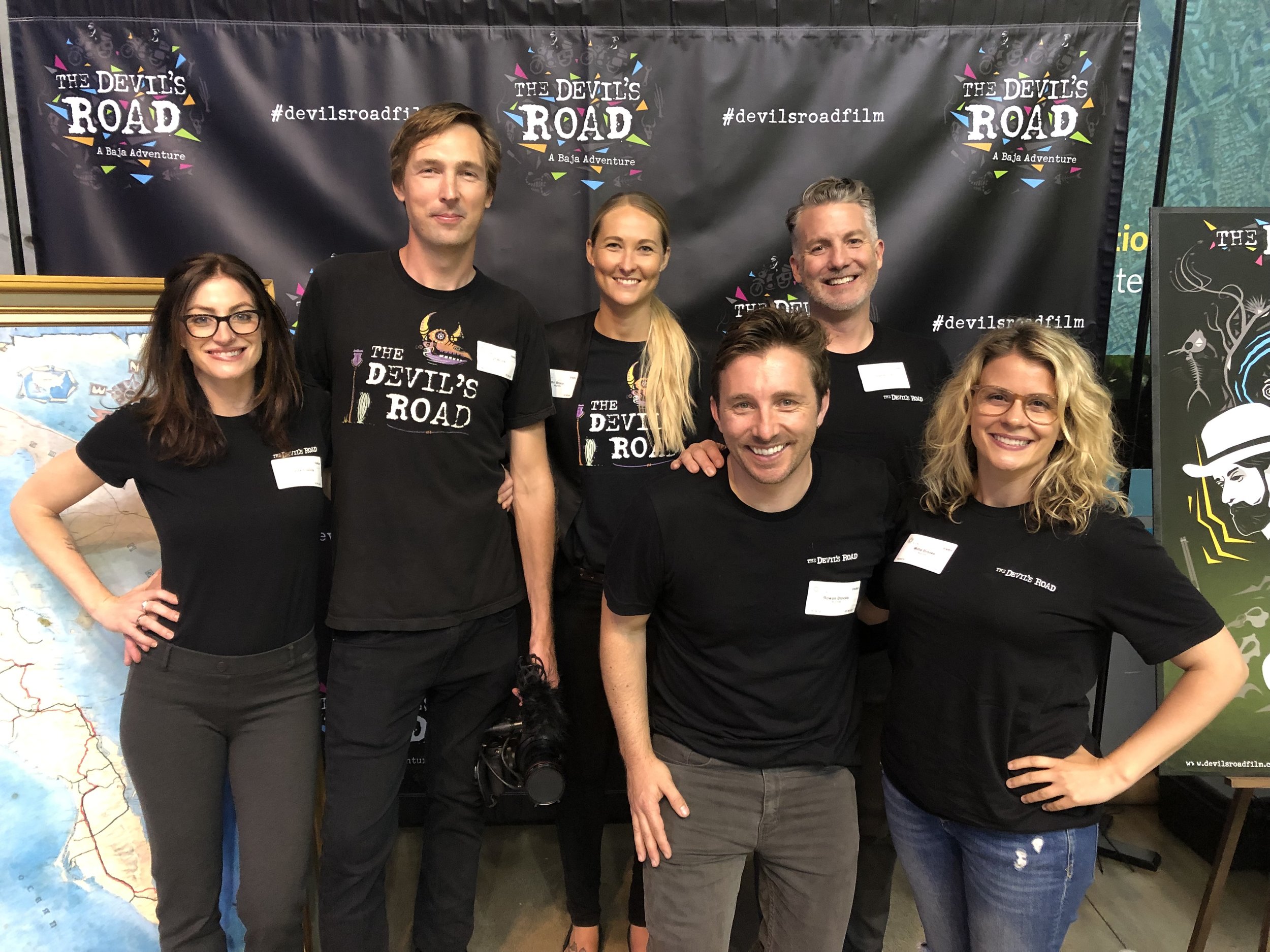Adventures of an Amateur Naturalist in Mexico: The Imperial Ivory-billed Woodpecker, Revisited
BY TODD BRUCE AND GEORGE B. WINTON
Buried deep within the archives of the Smithsonian Institution, a never-before-seen document was discovered by a team of film producers conducting research. This eight-page manuscript details the account of amateur naturalist and journalist George B. Winton, on expedition in the remote mountain ranges of Mexico’s interior.
Edward William Nelson and Edward Alphonso Goldman, two of America’s greatest naturalists, were dispatched to Mexico in January of 1892 under the employ of the U. S. Biological Survey. The pair’s assignment was to better understand this remote region of North America, providing studies on its flora and fauna and their corresponding geographical distribution. The findings of these field surveys were unprecedented, and would later be foundational to a conservation movement that helped solidify the work of conservationists like John Muir, Theodore Roosevelt, and Gifford Pinchot.
In October of 1892, Nelson and Goldman made a particularly important stop in Patzcuaro, Michoacan, where they were joined by George B. Winton for an expedition into the Nahuatzen mountain range. It was on this collecting trip that the group came across, for the first time, several individuals of the world’s largest woodpecker: the imperial ivory-billed woodpecker (Campephilus imperialis).
Winton’s written account excellently portrays the mindset of the naturalist in the late nineteenth century, and provides a rare, detailed record of the sighting and the behavior of this fascinating and relatively unknown bird.
Paperback: 28 pages
Publisher: Black Swift Press (September 2019)
Language: English
ISBN-13: 978-0991450398
Product Dimensions: 7 x 0.1 x 10 inches












